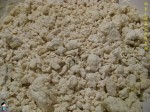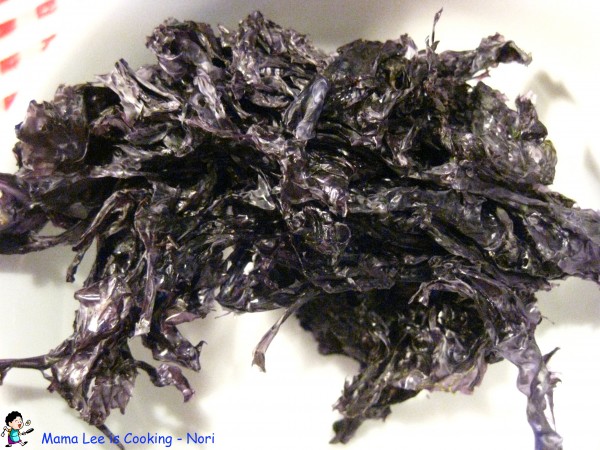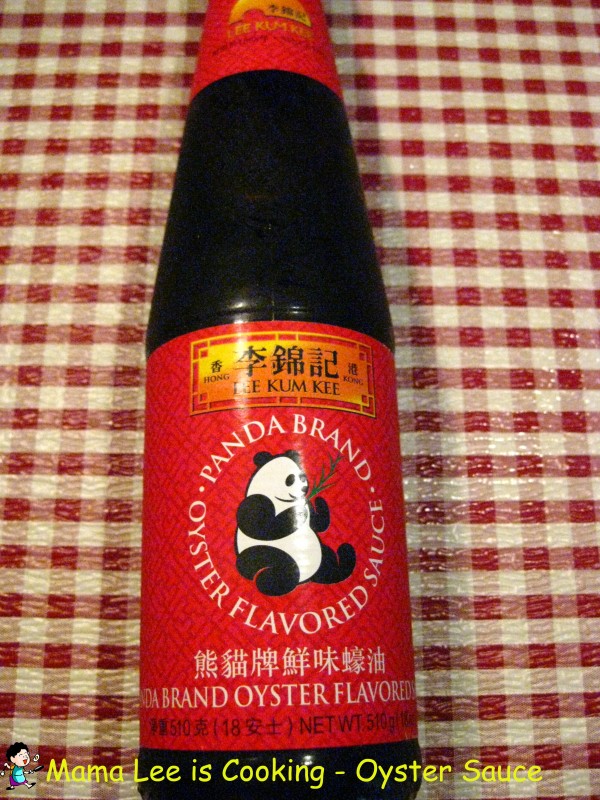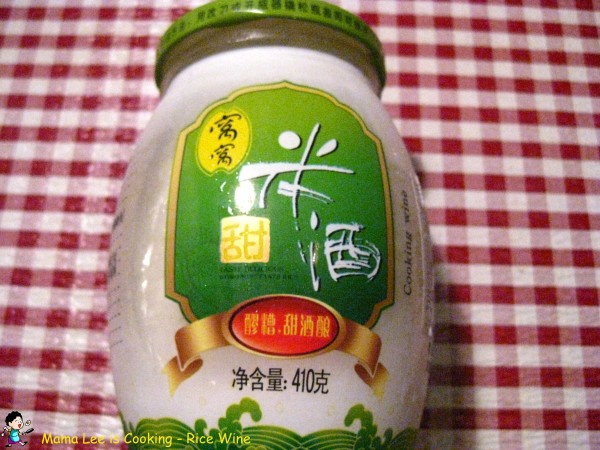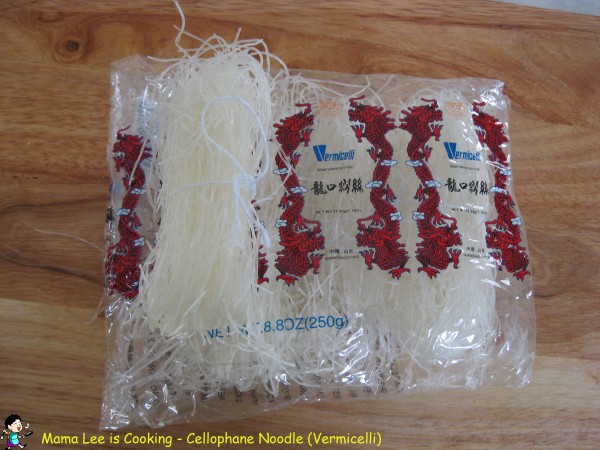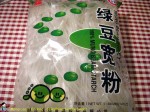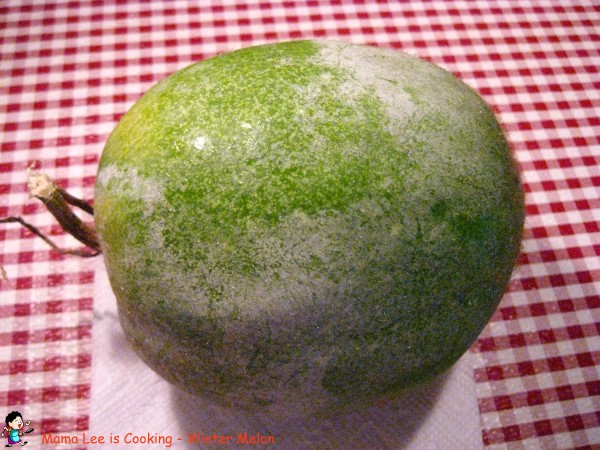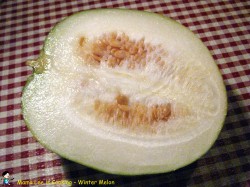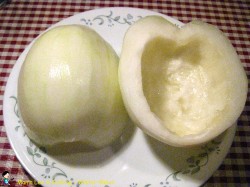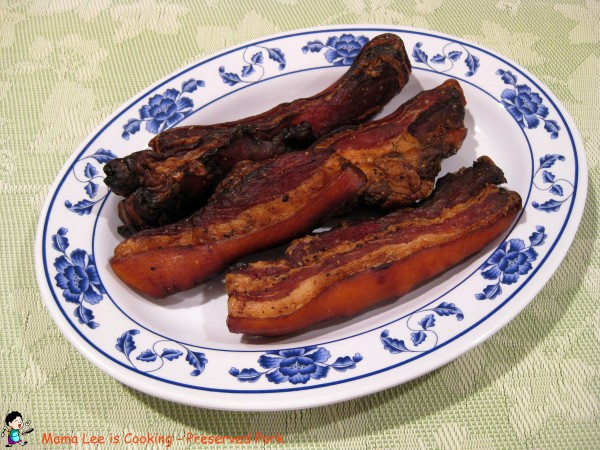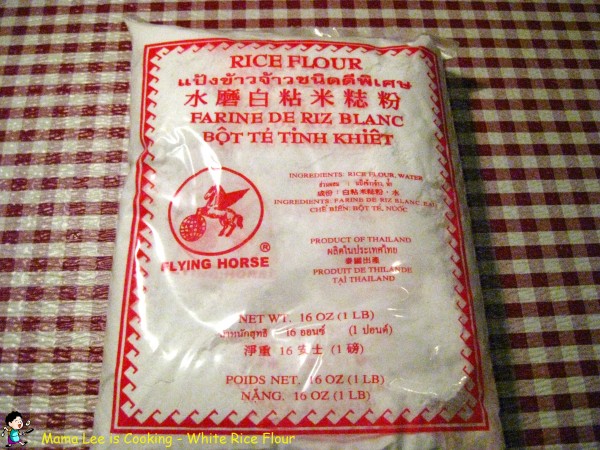Chinese chive is very popular vegetable in China. So far, I haven’t see it in American Supermarket.
Compare to regular vegetables, Chinese chive has a strong taste/smell, similar to onion and garlic, but different and lighter. It normally is used in fillings, sometimes in stir fry dishes, but not very often. One of the popular dish is stir fry with eggs.
Chinese chive is a perennial plant, when you harvest, all you need to do is cutting the part about ground, it will keep growing. You can harvest as many time as you like.
For more info., please click the link below:
http://en.wikipedia.org/wiki/Allium_tuberosum
For dishes using Chinese chive, please click on following links:

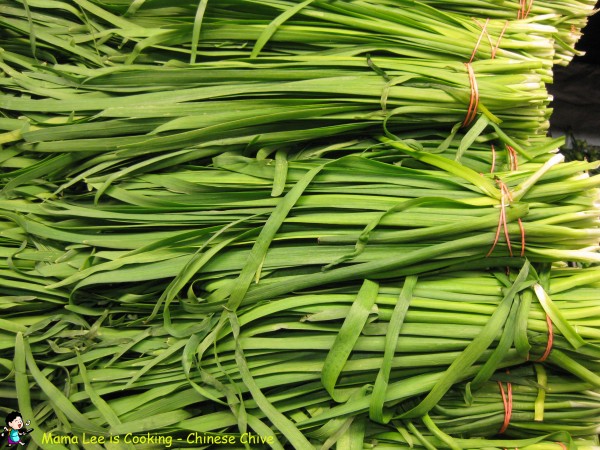
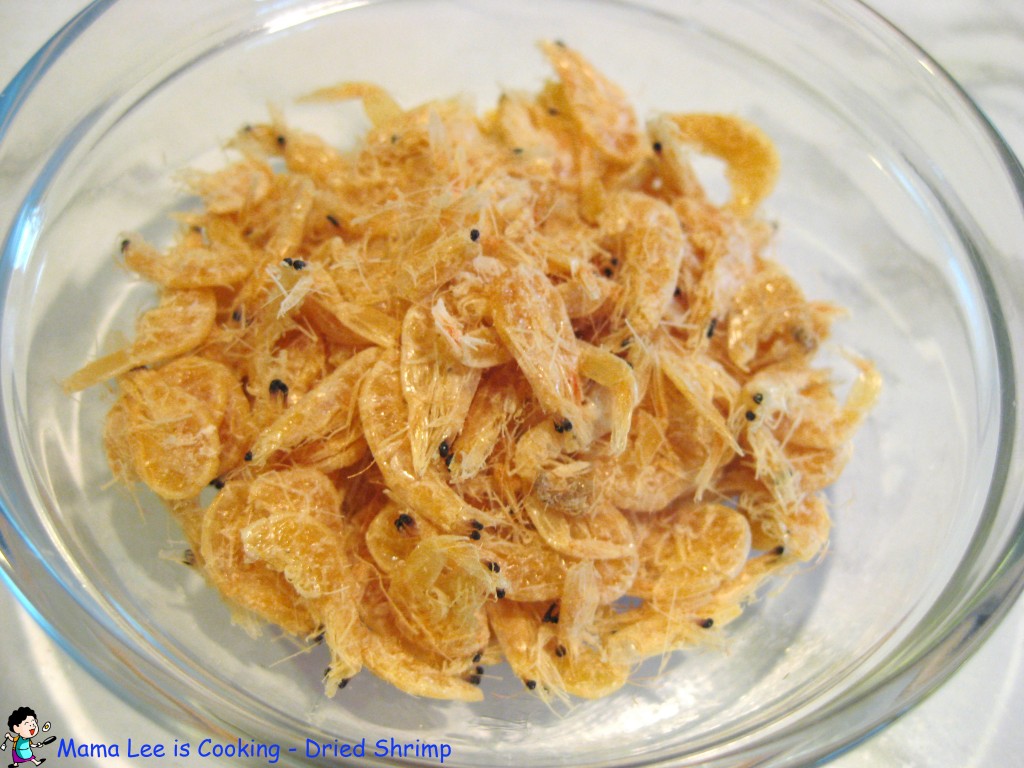
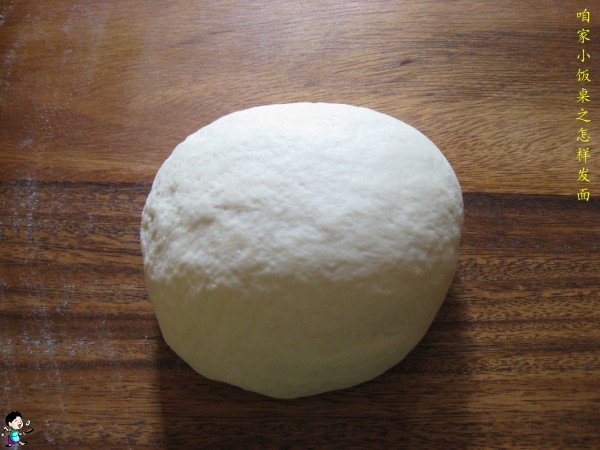
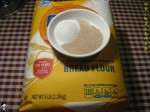
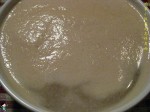 1. Mix yeast and sugar, soak in warm water. Then set aside until it’s covered by bubbles.
1. Mix yeast and sugar, soak in warm water. Then set aside until it’s covered by bubbles.